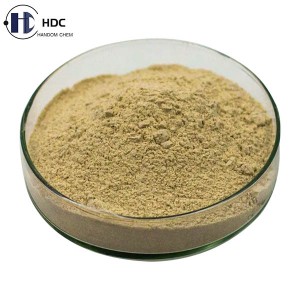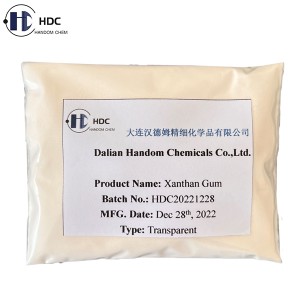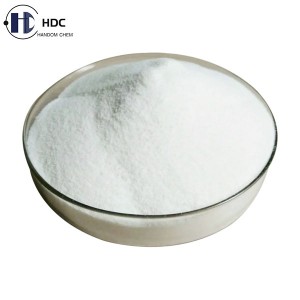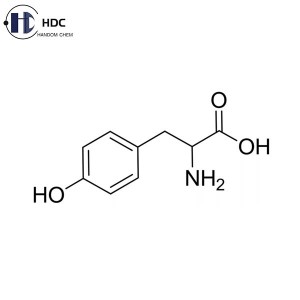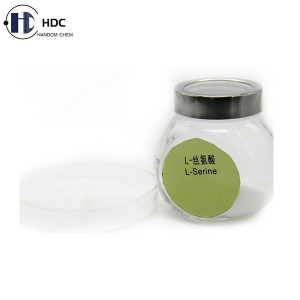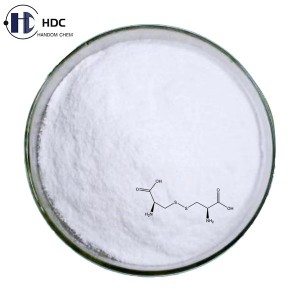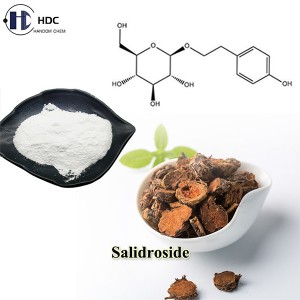Bacillus thuringiensis
Brief Introduction:
Bacillus thuringiensis is currently the most widely used microbial insecticide. Its main insecticidal component is the toxin protein in parasporal crystals. Among them, the relative molecular mass of the protein that is toxic to Lepidoptera is 130,000.
Specifications of our Bacillus thuringiensis(B.t.):
| Test Items | Index | ||
| 32000 IU/mg | 16000 IU/mg | 8000 IU/mg | |
| Toxin | Not less than 4.0% | Not less than 2.0% | Not less than 1.0% |
| Virulence Titer ([Px IU/mg][Ha IU/mg]) | Not less than 32000 IU/mg | Not less than 16000 IU/mg | Not less than 8000 IU/mg |
| Appearance | Off-white to tan loose powder, no lumps | ||
| pH Value | 6.0 ~ 7.5 | ||
| Fineness (75 μm) | Not less than 98% | ||
| Suspensibility (Active Ingredient) | Not less than 70% | ||
| Wetting Time | Not more than 3 minutes | ||
| Moisture | Not more than 4.0% | ||
Remarks: Px and Ha are the abbreviations of Plutella xylostella and Heliothis armigera respectively.
Executive Standard:
HG 3617-1999
Application Areas:
Bacillus thuringiensis is suitable for a wide range of crops. Widely used in cruciferous vegetables, solanaceous vegetables, melon vegetables, tobacco, rice, sorghum, soybeans, peanuts, sweet potatoes, cotton, tea trees, apples, pears, peaches, dates, citrus, thorns and other plants;
Mainly used to control lepidopteran pests, such as cabbage caterpillar, diamondback moth, beet armyworm, spodoptera litura, cabbage armyworm, tobacco caterpillar, corn borer, rice leaf roller, stem borer, pine caterpillar, tea caterpillar, tea geometrid, corn armyworm, pod borer, silver streaked armyworm, etc. Some subspecies or strains also have a preventive effect on vegetable root-knot nematodes, mosquito larvae, leek maggots and other pests.
Packaging:
25 Kilograms per Cardboard Drum.
Storage Conditions:
Preserved in unopened original containers in a cool dry place before using; kept away from direct sunlight, heat and moisture.
Shelf Life:
24 months if stored under above mentioned conditions.



